In the silent stillness of the vast cosmos, a colossal dance of destruction and creation unfolds. Picture this: a massive planet, orbiting its star at breakneck pace, drawing inexorably closer with each orbit. This is the tale of an ultra-hot Jupiter—an enormous gas giant on course for a fiery demise. But it's not a tale of cosmic catastrophe alone, rather a window into how planets like our own are formed. As it spirals toward its shimmering star, this giant may break apart, burn up, or be stripped bare, providing rare glimpses into the evolution of planetary systems (ScienceDaily, 2025/08/250803011837).
Unraveling the Cosmic Mystery
"What would you do if" a giant planet inched ever closer to a star, like a moth to a cosmic flame? For astronomers, this is not just an awe-inspiring spectacle but a grand experiment in understanding planetary systems. This particular ultra-hot Jupiter is located light-years away, in a starry realm where temperatures soar so high that it seems as though the planet itself might spontaneously combust. This celestial body is giving scientists a front-row seat to some of the universe's deepest secrets.
Think of it this way: as the world edges closer to its ultimate end, its very demise sheds light on the life cycles of planets. According to scientists, studying this process might unlock how the very rock beneath our feet was formed, giving us a clearer picture of our planetary origins.
The Role of the Observers
In the realm of astronomical research, every observation counts. Researchers have been meticulously tracking the trajectory of this ultra-hot Jupiter to decipher its fate. By doing so, they gather critical data that could redefine our understanding of planetary evolution.
In this cosmic drama, they ask: will it disintegrate into a cloud of particles, melt into a molten core under the star's intense heat, or will its gaseous envelope be ripped away, leaving a rocky core exposed—much like the Earth? Each possible outcome holds clues to the destiny of gas giants and rocky worlds alike.
A Dance of Destruction
Fredericton, NB, might be a long way from this distant drama, but cities like it—and others, such as Toronto and Sydney—play host to astronomers and enthusiasts who gaze skyward with wonder and curiosity about our place in the vast universe. They utilize telescopes and advanced technologies that allow us to witness these celestial phenomena.
This spiral of death and destruction isn't just about the end; it's about the remarkable process that may ultimately lead to the formation of rocky planets. The gas, dust, and debris left behind could clump together, forming new worlds over the heavy passage of time.
Guide to the Galaxy: What We Learn
- Formation Insights: As the gas giant approaches its fiery end, it offers insights into the very beginning of planetary formation, a fiery dance of creation out of destruction.
- Rocky Births: Disintegration processes might mimic those that formed Earth-like planets, offering clues into how rocky planets—including those capable of harboring life—might come into being.
- Stellar Interactions: Watching the interactions between a planet and its star provides crucial data on the physics of solar systems, helping to refine our theories on planetary motion and system evolution.
What Lies Beyond?
This monumental study offers a glimpse at an oft-hidden stage of the cosmos: a place where creation often hides behind veils of gas and stellar debris. As scientists continue observing the planet's trajectory, they are poised to answer age-old questions about the birthplace of Earth.
In the grand tapestry of the universe, this single story holds the promise of countless others. From the fiery potential ashes of a gas giant to the formation of new worlds, the unraveling mystery of this ultra-hot Jupiter offers hope and wonder. As inhabitants of our very own rocky planet, we are part of this celestial story, and the knowledge gained from such studies touches on the profound possibilities of life and existence.
Before concluding, let's ponder: How might our understanding of planets and galaxies change if we could witness the birth of a world? What stories do the stars hold? Share your thoughts in the comments below and join us at the "Shining City on the Web", iNthacity, to continue exploring these fascinating celestial narratives.
Perhaps in the quiet contemplation of a star-studded sky, we, too, might find our place among the stars, with wonder and curiosity as our guide. 🌟
Disclaimer: This article may contain affiliate links. If you click on these links and make a purchase, we may receive a commission at no additional cost to you. Our recommendations and reviews are always independent and objective, aiming to provide you with the best information and resources.
Get Exclusive Stories, Photos, Art & Offers - Subscribe Today!
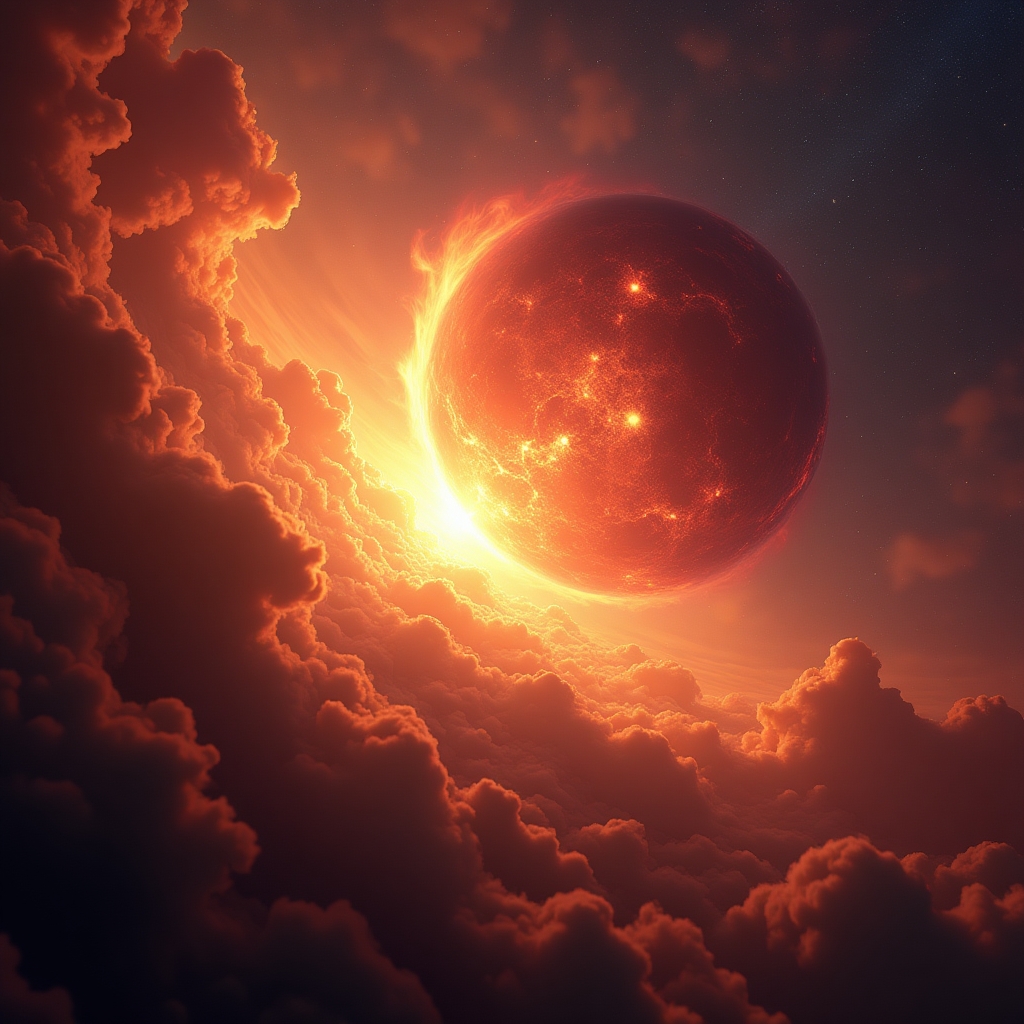
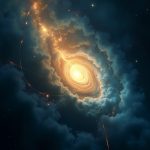
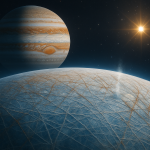

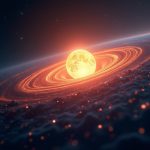
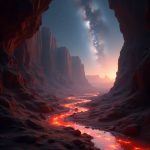
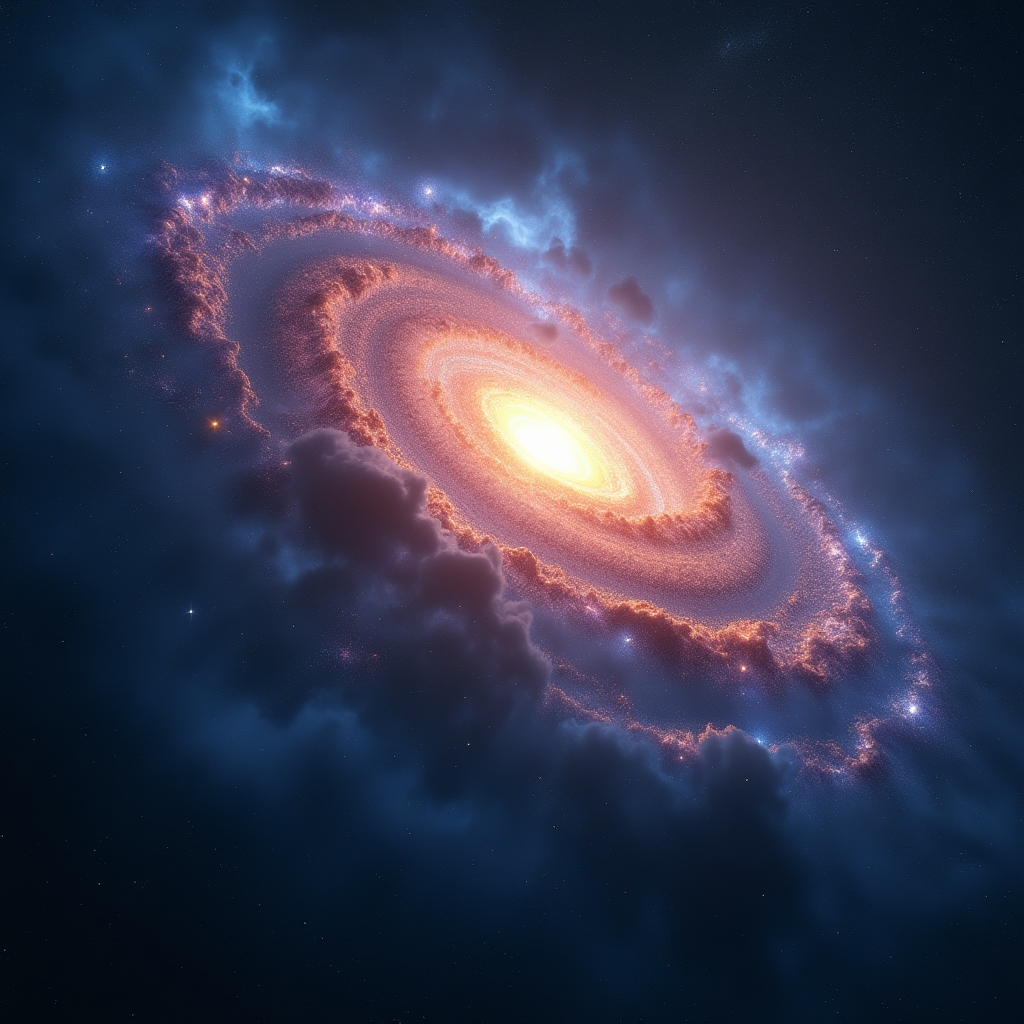
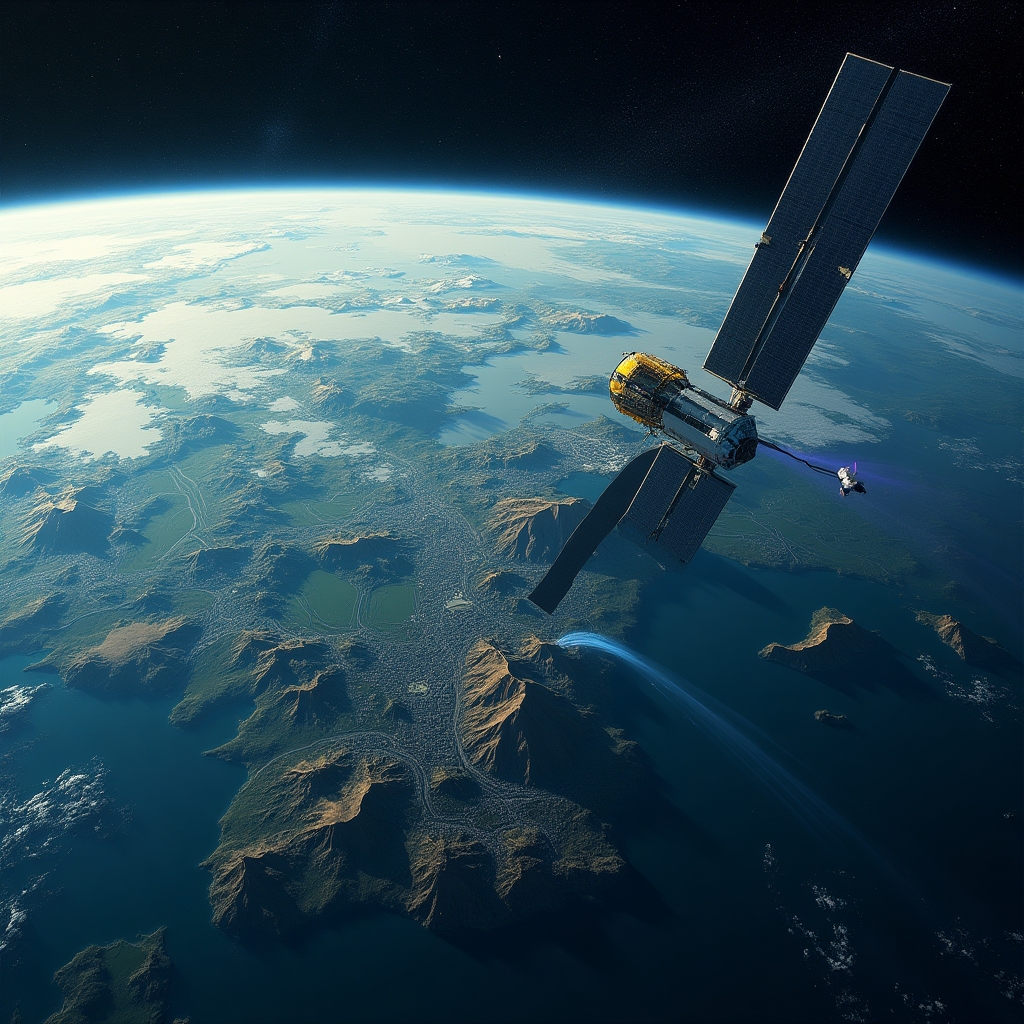
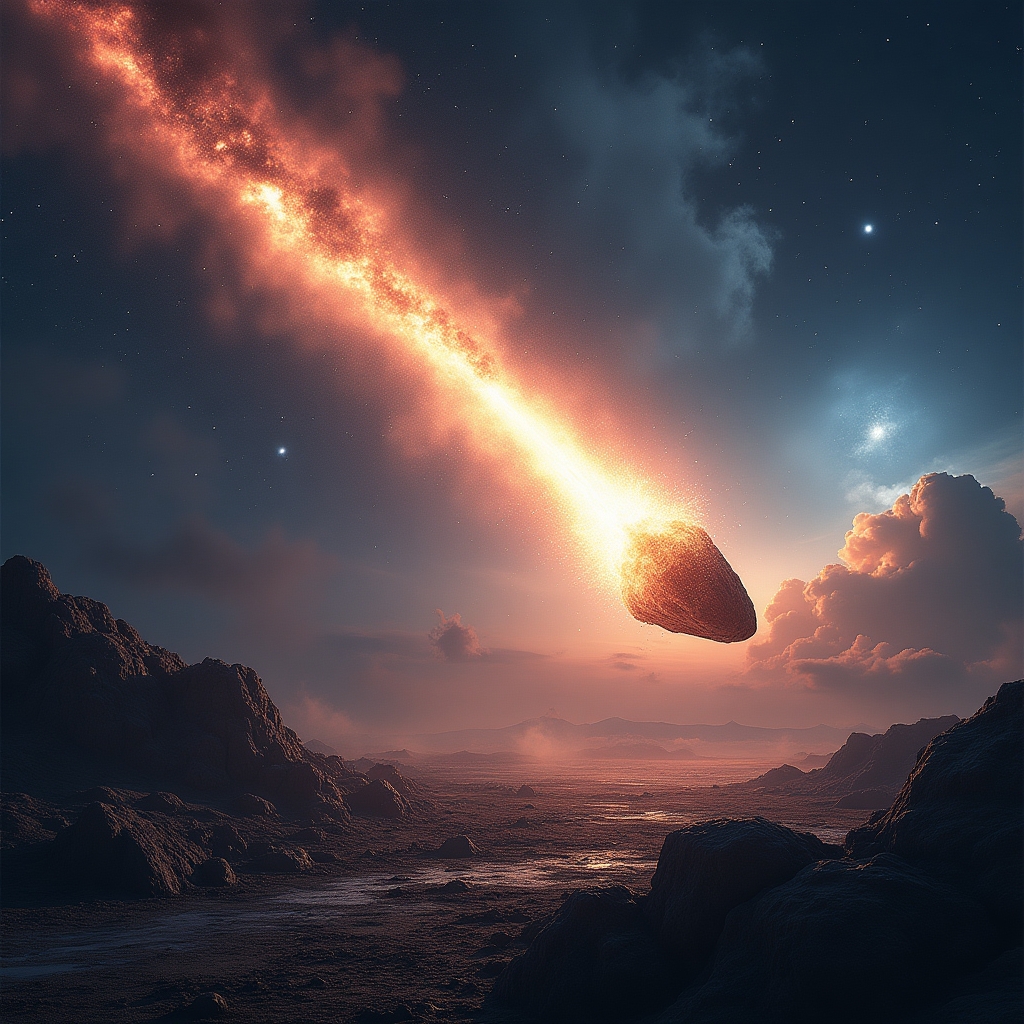















Post Comment
You must be logged in to post a comment.